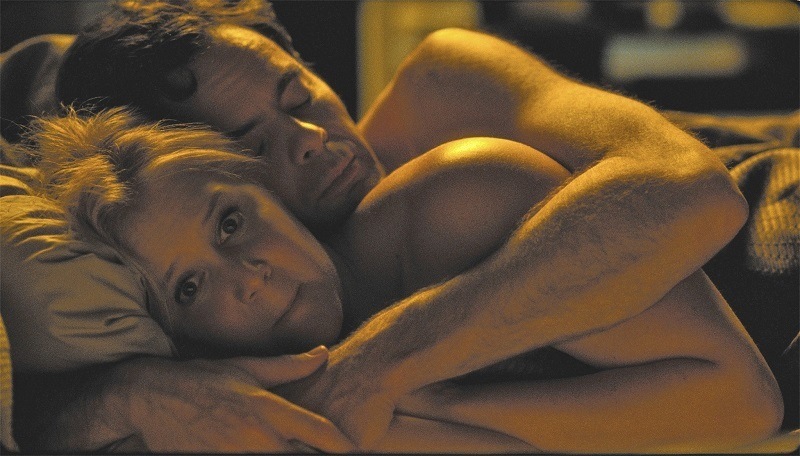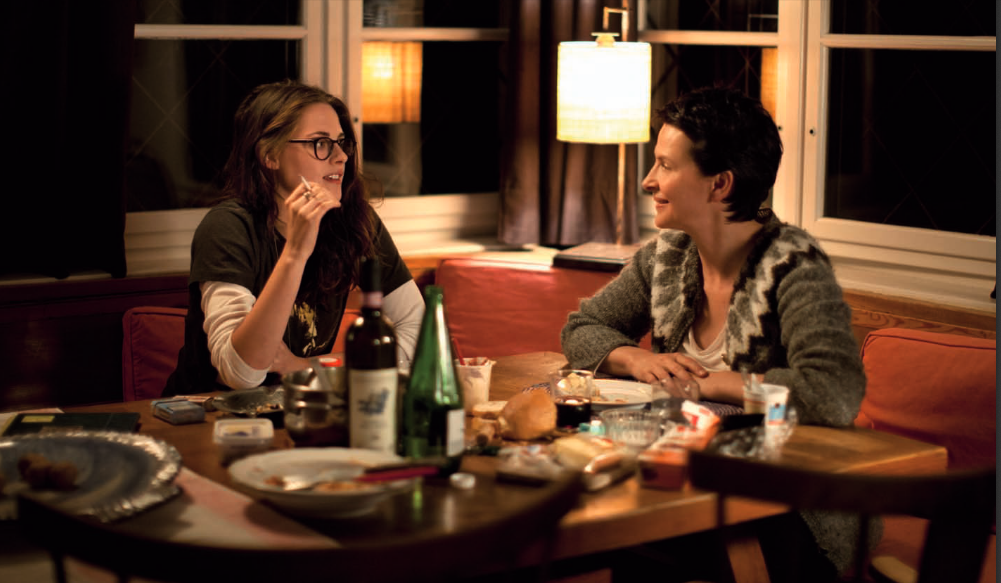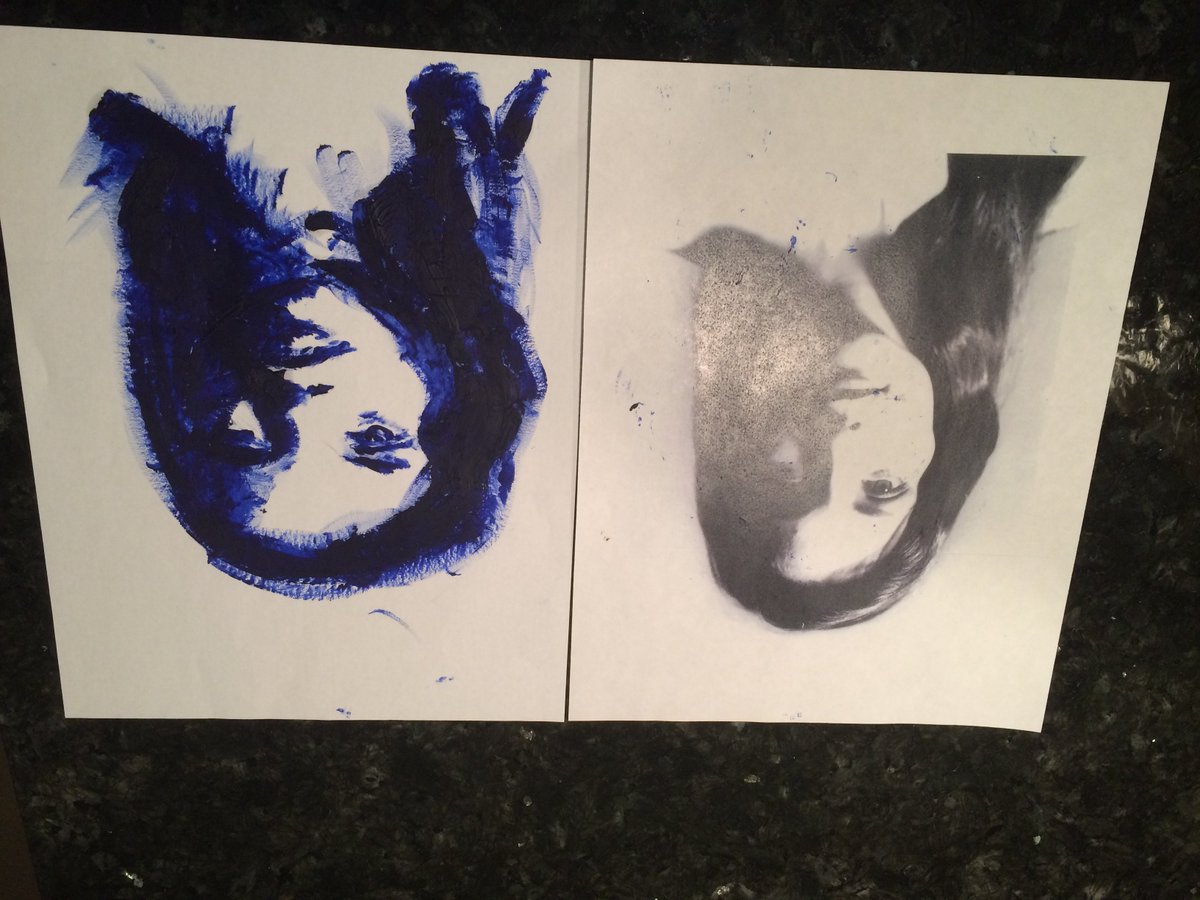Last week, I was surprised to find there was a new trailer for the Suicide Squad movie.
It’s very hard for me to dislike a trailer that utilizes Bohemian Rhapsody. But the song wasn’t used as just some deafening overlay that didn’t add anything to the visuals. Instead, they edited the trailer perfectly to the beat and utilized comedic cuts in between the transitions the song is so well known for.
The visuals were also impressive and served as a confirmation that this film was far removed from the Batman world that Nolan had created with his trilogy. But I suppose some are still skeptical about Jared Leto as the Joker, others are skeptic of the Harley Quinn performance, but some were pleasantly surprised at what seems to be Jai Courtney producing his best performance to date. As for me, I’m not one to really speculate about a movie after seeing an advertisement for it. When it comes down to it, these trailers and teasers are all just advertisements.
No. Perhaps that is simplifying too much, for the two mediums aren’t precisely synonymous with one another. Whereas a general advertisement, for instance, for a car, produces intrigue based on whatever price is flashed before the screen or what sexy celebrity is driving it, a trailer for a movie is producing intrigue via segments so that you go see the rest of the movie. Arguably, no other advertisement that is shown via video has this relationship that movies do with trailers.
But, even though these trailers are fragments from the movie, a good trailer doesn’t necessarily mean the movie is good nor does a bad trailer mean that movie is bad. In fact, there have been many cases where expectations have been disappointed or where audiences have been overwhelmingly surprised.
The more I think about it, the more I realize how much of an art form the trailer truly is. It’s very difficult to create a trailer that generates both interest and hype, while also remaining true to the project it is advertising. So let me show you a couple of trailers and teasers that I find were truly exceptional. But keep in mind, that all of these examples are for fairly recent movies or at least movies that came out during my lifetime. I cannot, for example, comment on the trailer for The Shining because I never saw it prior to seeing the film. In other words, the point of the trailer becomes mute for me. Now that that is said, let’s move on.
So I’ve already talked about the Suicide Squad trailer. It was a great trailer and it is certainly generating a large amount of hype for the movie. I will not talk about the other recent hype generating advertisement machine that was the Star Wars campaign. Let’s face it, they did an amazing job advertising the movie; revealing very little while giving us just enough to get excited by the new and the nostalgic.
But there is one amazing teaser that generated so much hype without a single bit of footage – the very first teaser for The Dark Knight. I’m sure you all know that the vast majority of people were not too excited about Heath Ledger as the Joker. Which makes sense given the only movies people had seen in him were probably The Patriot, A Knight’s Tale, and Brokeback Mountain. Don’t get me wrong; he was incredible in Brokeback Mountain. But playing a cowboy stuck in a complicated relationship is one thing; playing an insane iconic comic book villain is another. Arguably, playing the homosexual cowboy is a lot harder than playing the Joker. But ironically, messing up the Joker brings more public outrage.
So all that public skepticism was in the air after the casting news came out. Then, Nolan drops this teaser and shuts everyone up.
The amount of hype this one, 55-second teaser, generated was ridiculous. It was a genius stroke of advertising, to play on the doubts of the general public. I can only imagine that Nolan was always confidently smirking as people booed at the casting choice. He’d already seen Ledger’s Joker.
Perhaps I started off with a teaser that is too brilliant. Yep, I did. But the trailer for Sin City was probably the first one where I could feel the style oozing from such a short video.
I’m a sucker for good music and well timed editing. But I think the movie did a great job at giving us a glimpse of the interesting visuals this movie would offer, mixing literal comic book art from Frank Miller’s praised series with black and white clips from the adaptation. Also, when we start seeing the names of all the cast members and the song hits that climax, the trailer is just too cool to handle.
Both of these movies met the expectations that the trailers set up. The case of The Dark Knight is bit more complicated however because the marketing generated too much hype, meaning there was bound to be small bit of disappointment, but virtually everyone all agreed the movie was amazing – specifically Ledger’s performance. However, Prometheus was an odd one.
The teaser for Prometheus mimics the music and the title formation style from the trailer for Alien. At first, it may seem clever. After all, Alien is a sci-fi classic so of course drawing similarities will attract a lot of attention. But when the movie came out, people who expected an Alien prequel were disappointed. Now I, for one, have never seen Alien, so I only found out that there were similarities between the two teasers after some minimal research. I saw Prometheus without that knowledge and had a grand old time. I won’t go in depth into why I enjoyed it, or why I think it’s a good movie. And I definitely won’t talk about why I think everyone who was disappointed by the movie because it wasn’t similar to Alien, should just stop. Why? Because to be fair, the teaser led them on. On the other hand, we did see the origin of the Xenomorph, so it is technically an Alien prequel. But it just wasn’t the claustrophobic horror show that Alien was.
Oddly enough, for someone who doesn’t get the reference to the Alien trailer, the teaser for Prometheus works wonders. For those who understood the reference, it potentially set them up for disappointment.
Of course there are many great trailers out there that I haven’t mentioned: Mad Max: Fury Road, Guardians of the Galaxy, Birdman, The Revenant, Inherent Vice, The Master, The Incredibles, and the list goes on. In fact, some of the best trailers in recent memory haven’t even been for movies, but for games. Which is an entirely different interaction between marketing and product – one that I don’t understand well enough to speak even somewhat intelligently about. For instance, the incredibly recent trailer for the Final Fantasy VII Remake or the very first trailer for Starcraft 2. Both of these are incredible pieces of marketing.
Considering trailers in the world we currently live in is odd. We no longer only see these trailers right before a movie at the theatre with other people. Instead, more often than not, we see them on YouTube by ourselves. Also, many contemporary trailers reveal too much of the story, ruining the experience of watching the movie, months before it even comes out. I think filmmakers should study the art of making good trailers because in a lot of cases, the director edits the first trailer. Learning how to blend music together with quick commercial editing all the while giving glimpses of story but not revealing too much. It is a tight balancing act in a short duration.







